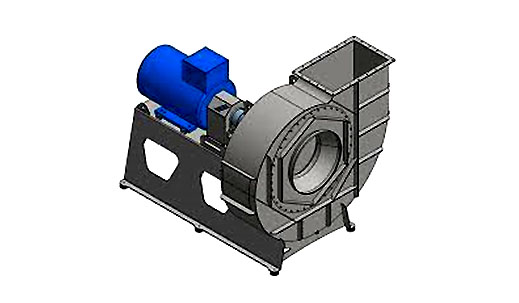Bearing housings are critical components of machinery that support and protect bearings, ensuring their smooth and efficient operation. One of the key considerations when designing a bearing housing is how to manage its operating temperature. Excessive heat can cause bearing failure and other damage to the equipment, which is why cooling systems are often incorporated into bearing housing designs. Two common cooling methods for bearing housings are water cooling and air cooling.
Water cooling involves circulating water through a jacket surrounding the bearing housing to dissipate heat. The water is typically supplied from a cooling tower or other cooling system and returned to the source after passing through the housing. Water cooling is effective at removing large amounts of heat, making it ideal for high-power applications. However, it requires additional plumbing and infrastructure, and the potential for leaks and corrosion can be a concern.
Air cooling, on the other hand, uses a fan or blower to circulate air over the housing and dissipate heat. This method is simpler and less expensive than water cooling, and it requires no additional infrastructure beyond the fan or blower. However, air cooling is less effective than water cooling at removing heat, particularly in high-power applications, and can result in higher operating temperatures.
Overall, the choice between water cooling and air cooling for bearing housings depends on factors such as the application’s power requirements, environmental conditions, and available infrastructure. Both methods can effectively manage bearing housing temperatures, but each has its advantages and disadvantages.

 Español
Español Русский
Русский Tiếng Việt
Tiếng Việt 中文
中文 suomi
suomi Français
Français Português
Português English
English Deutsch
Deutsch Français
Français Español
Español Italiano
Italiano Português
Português Pусский
Pусский



